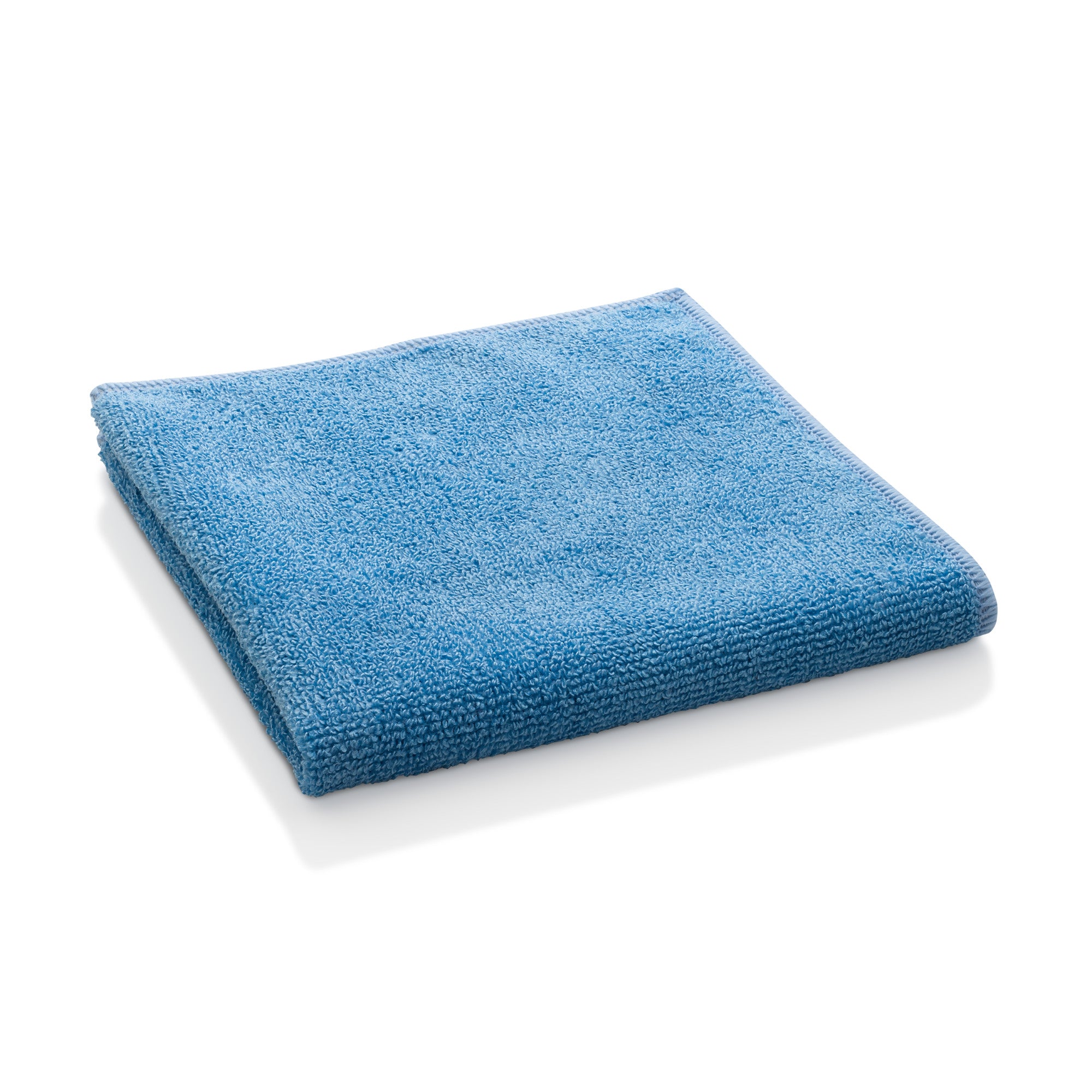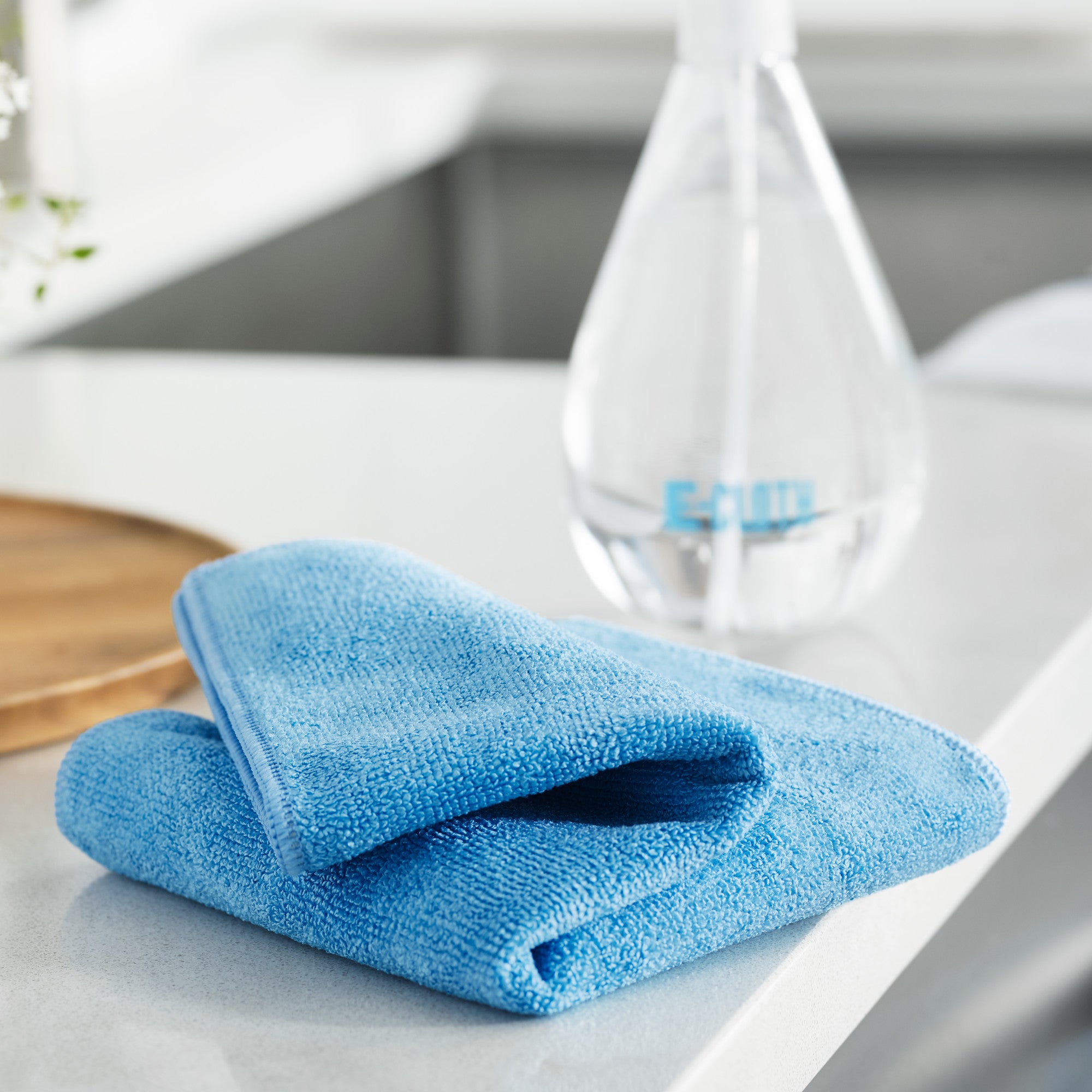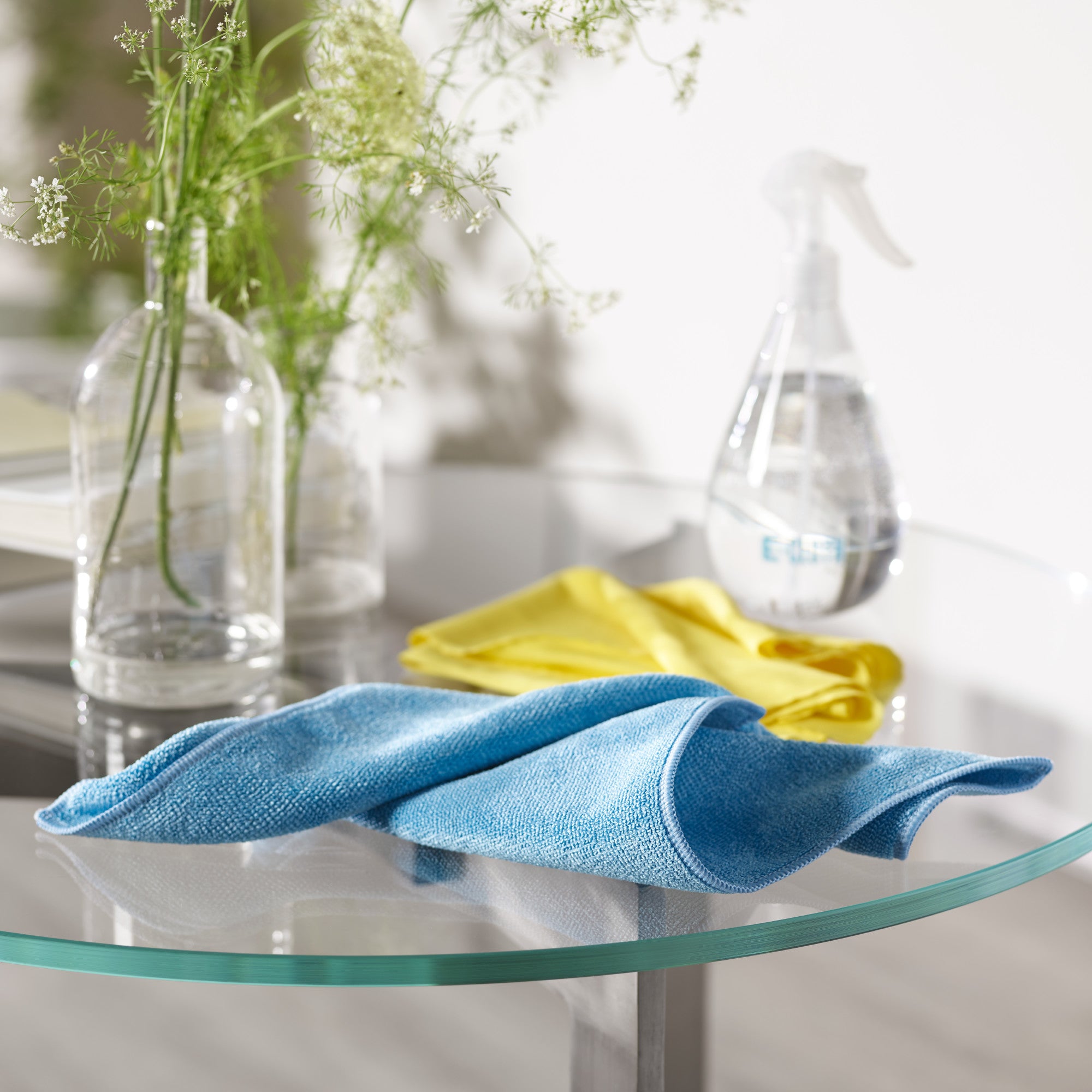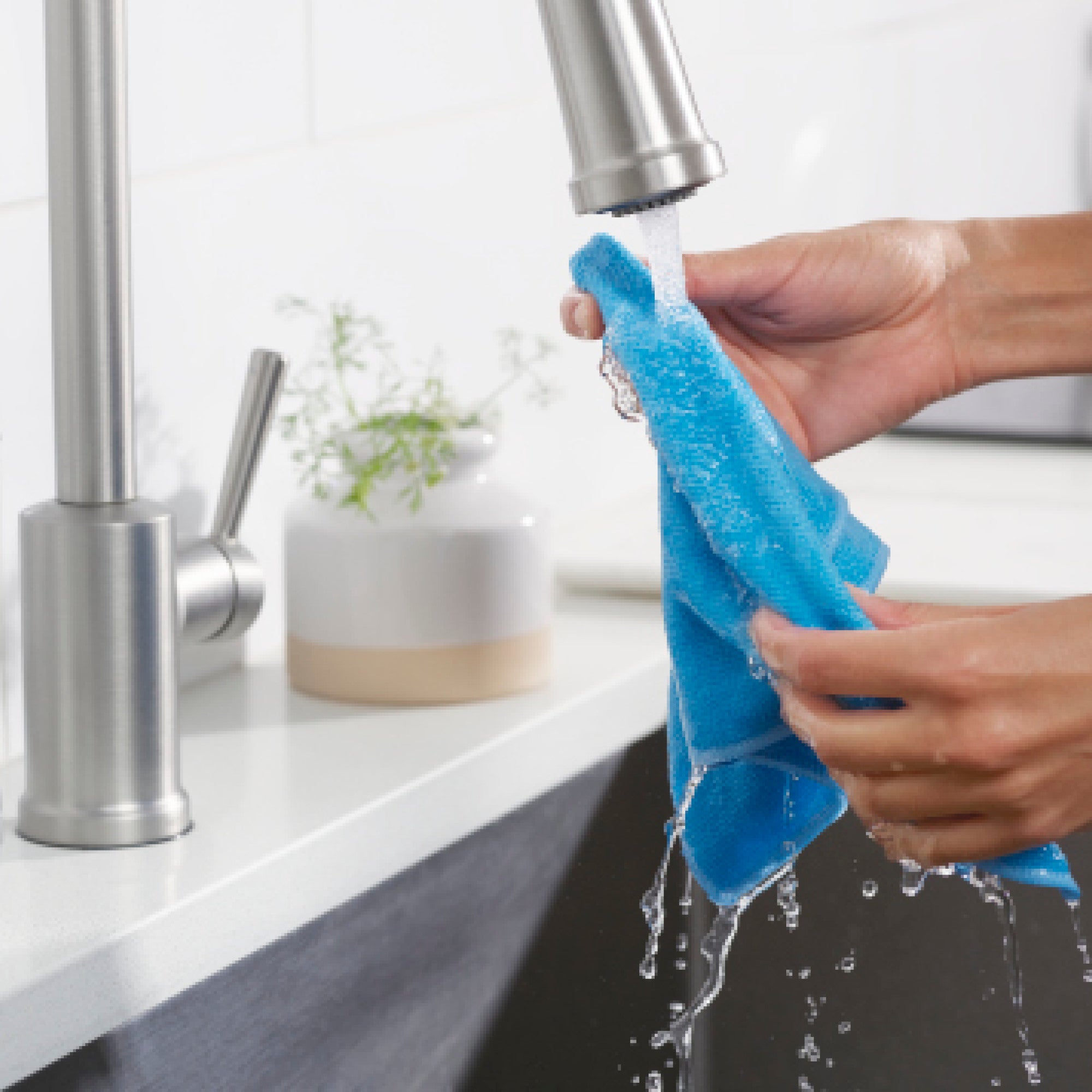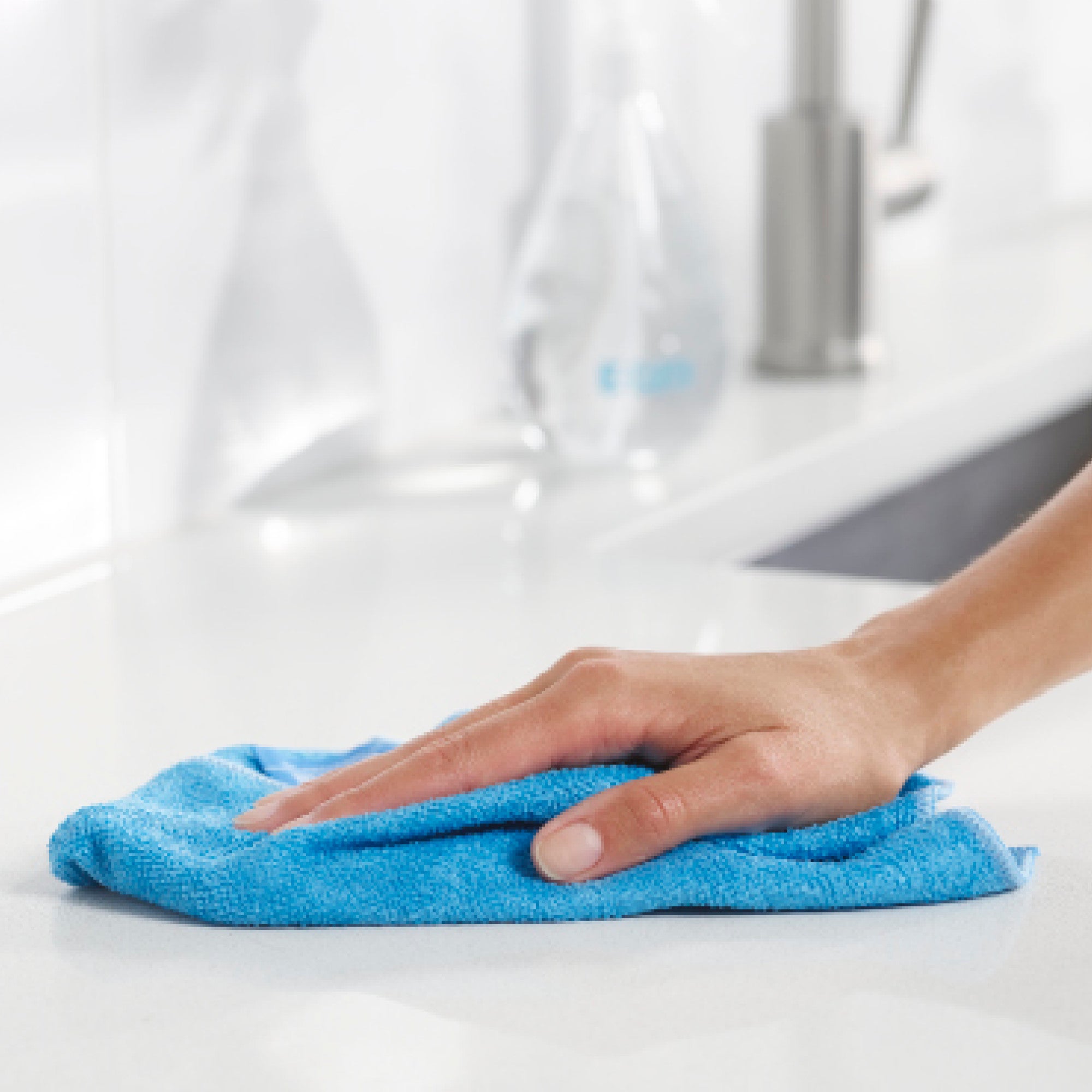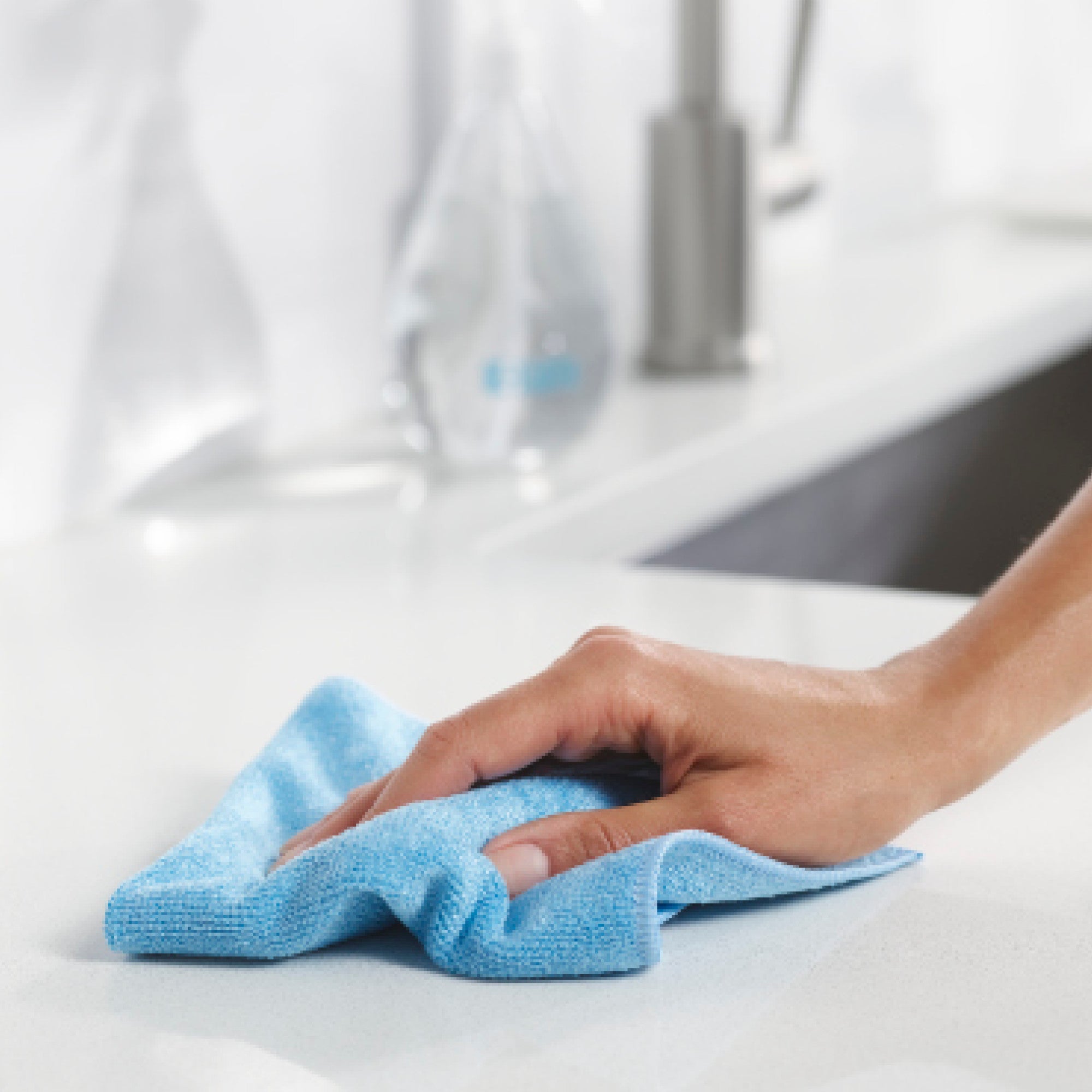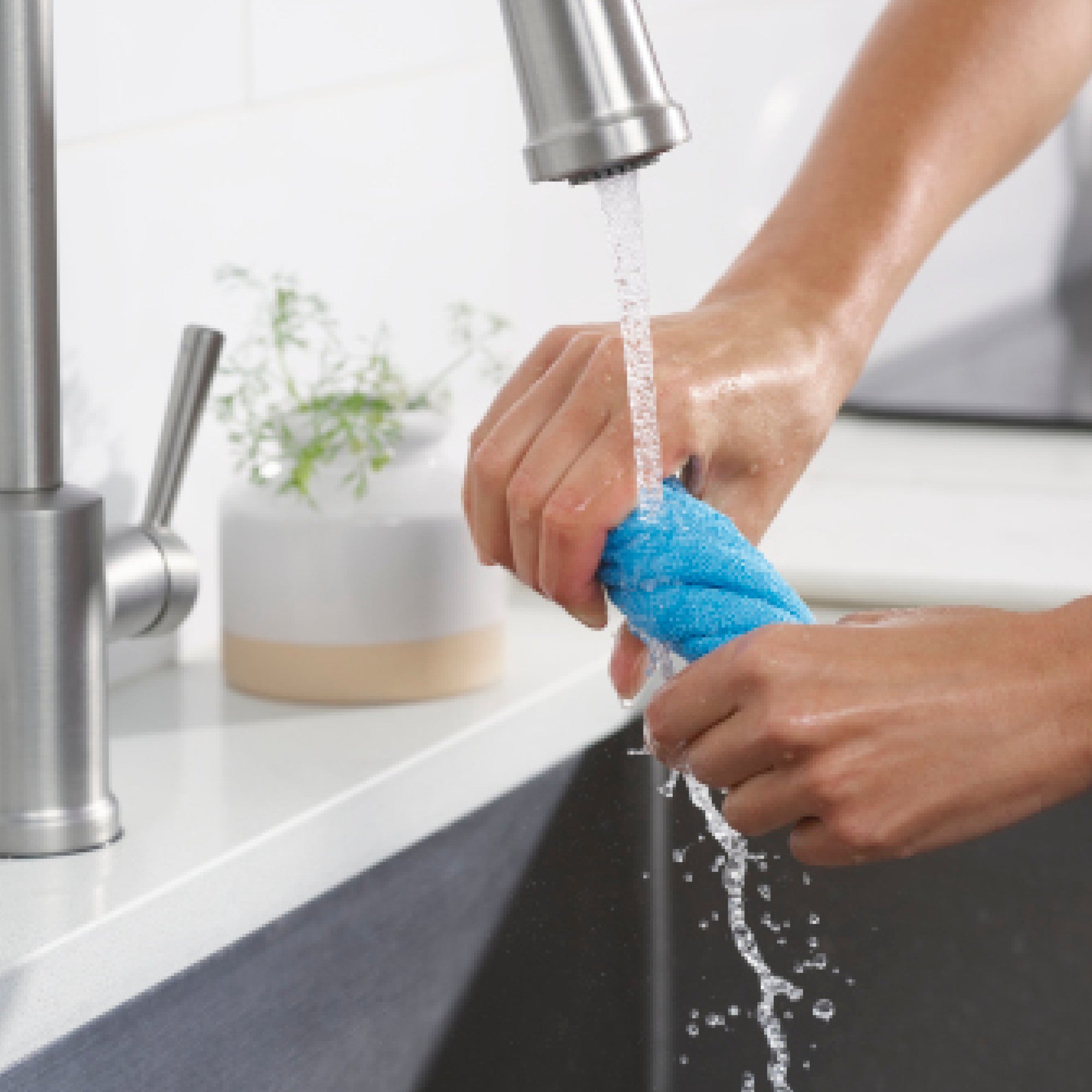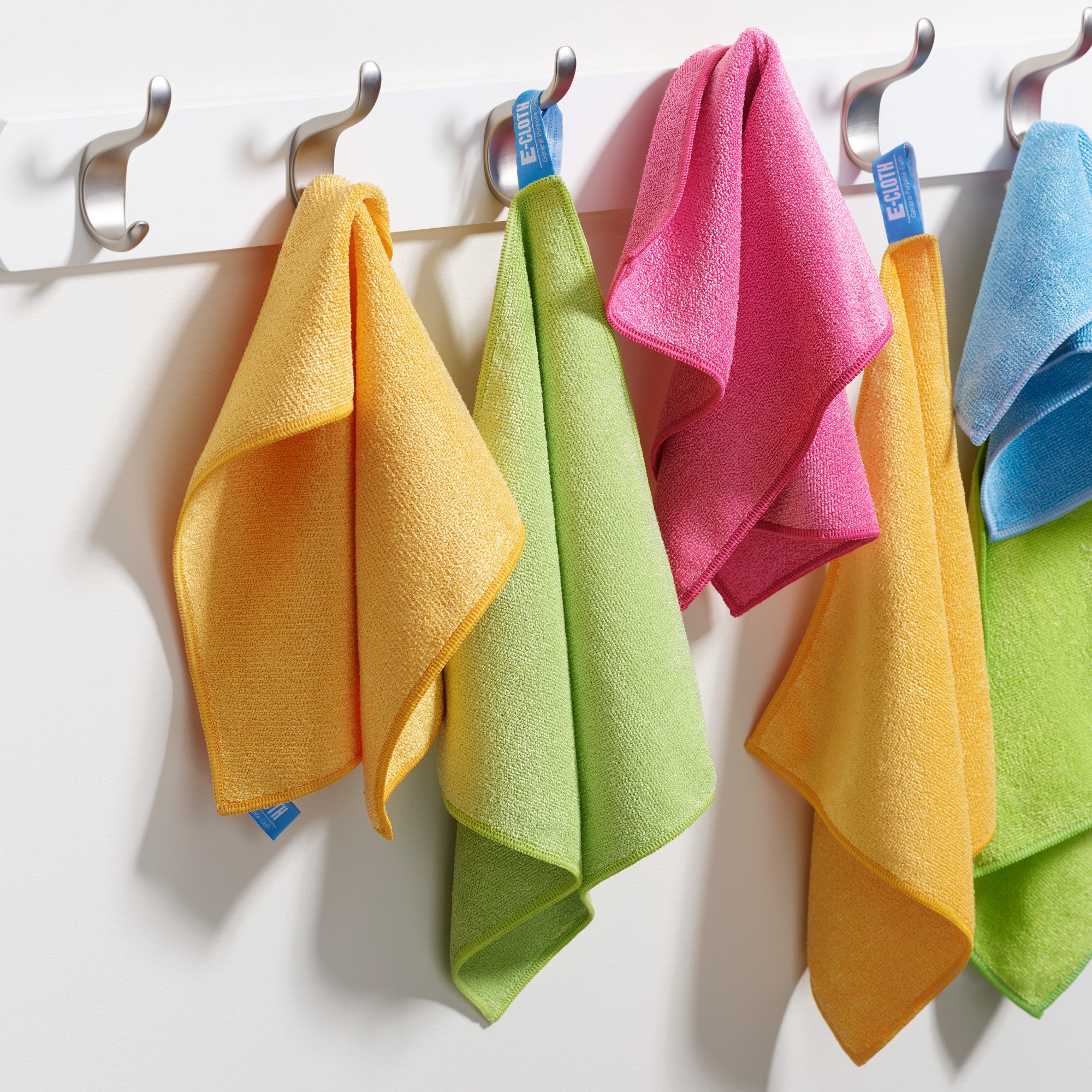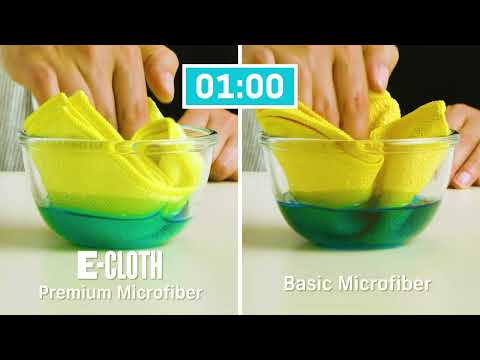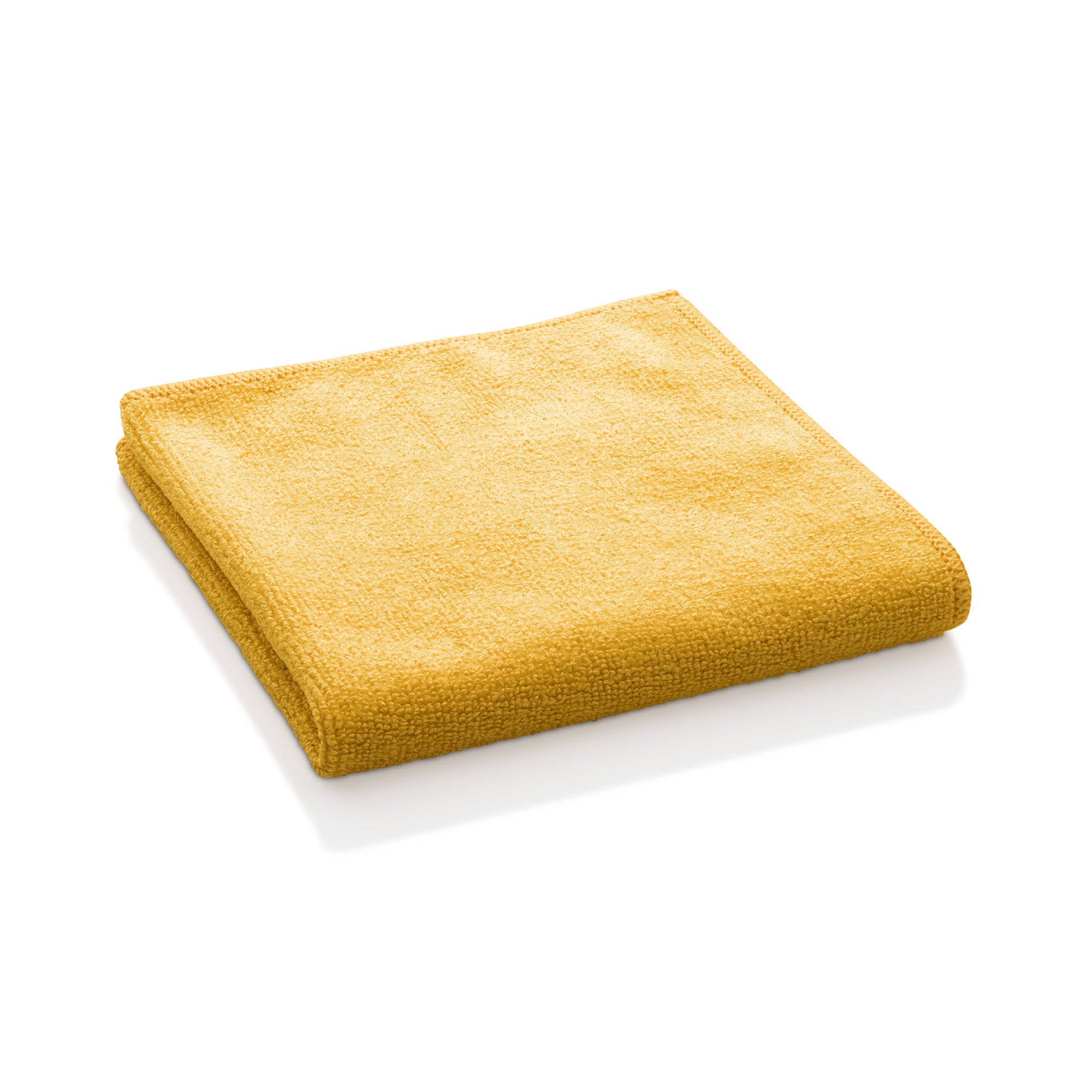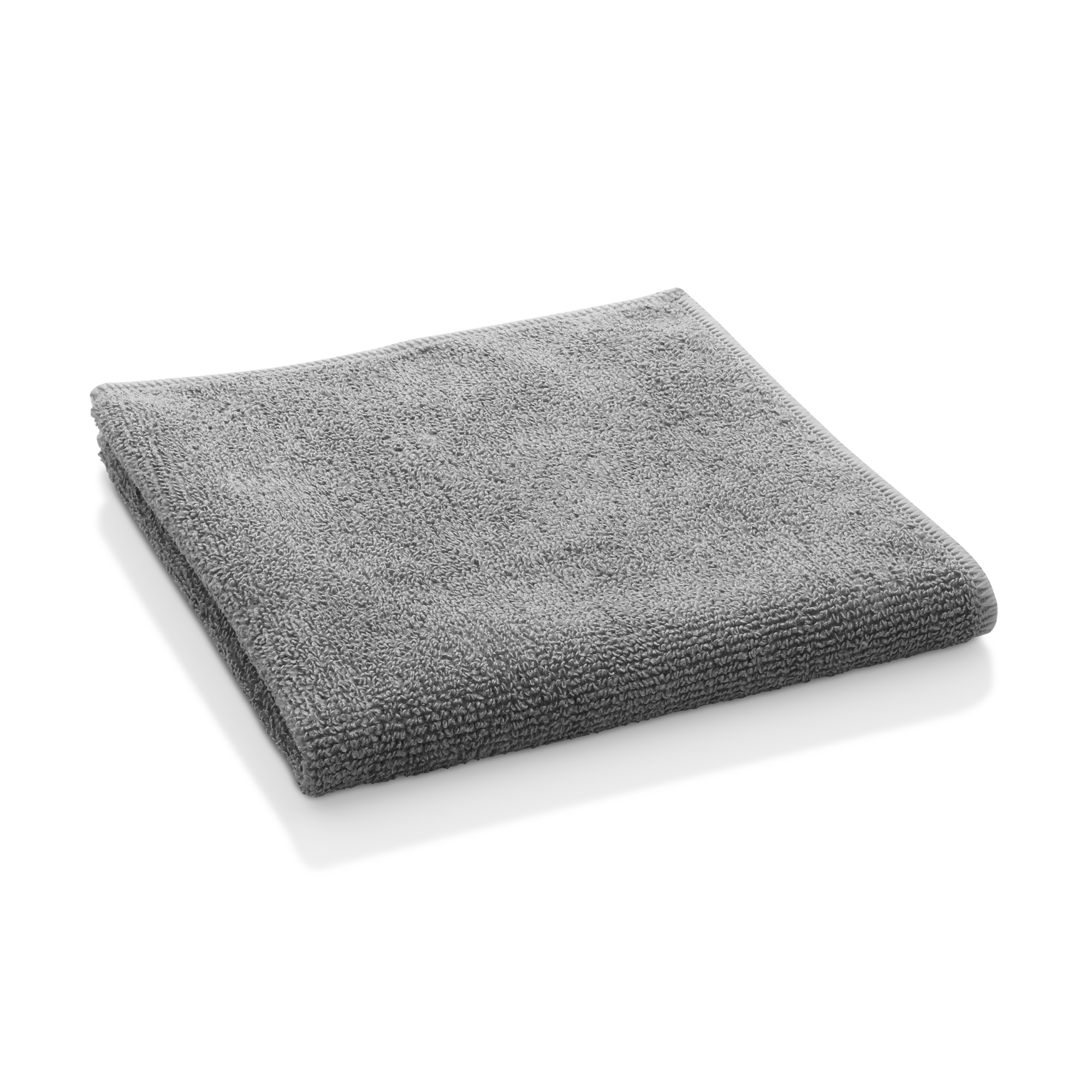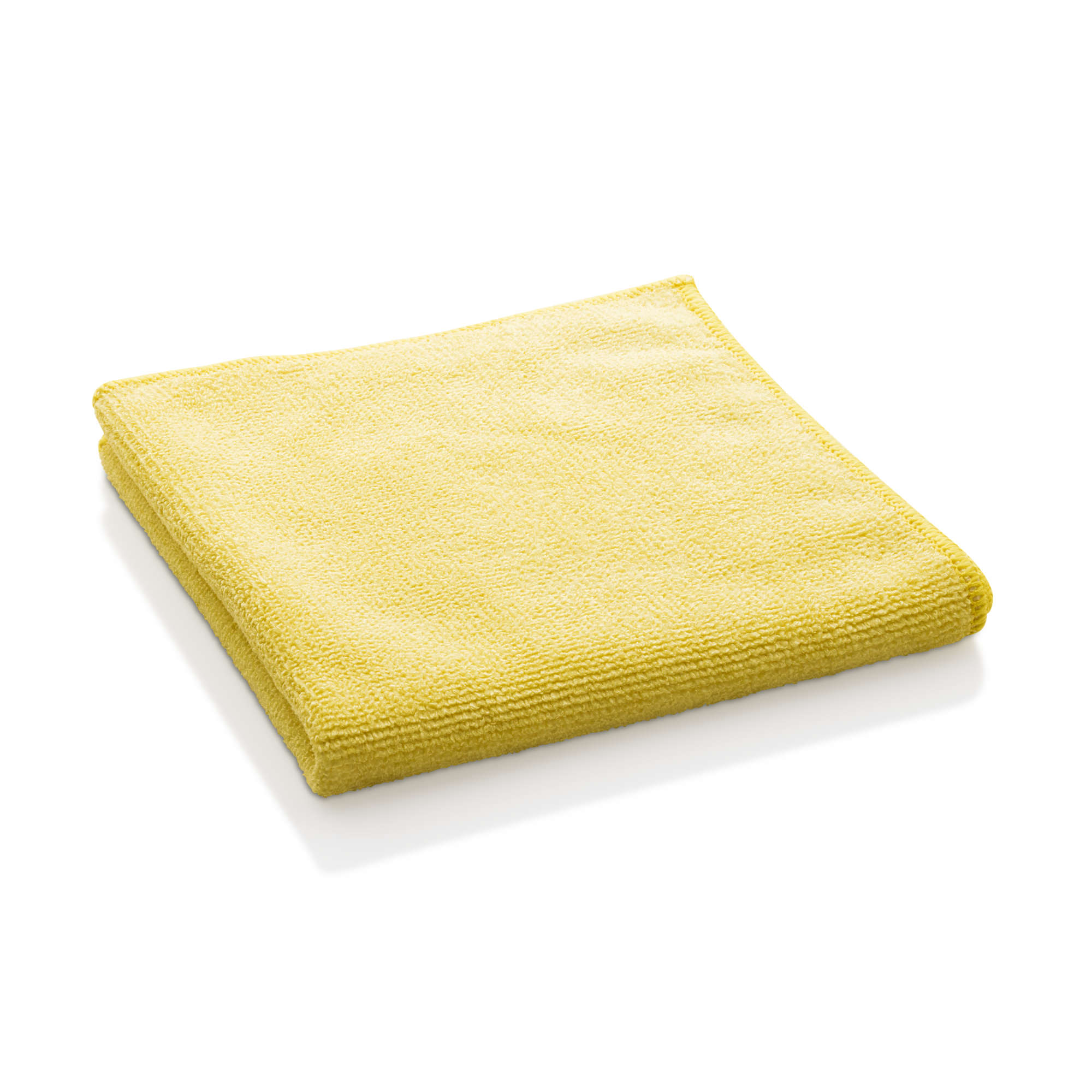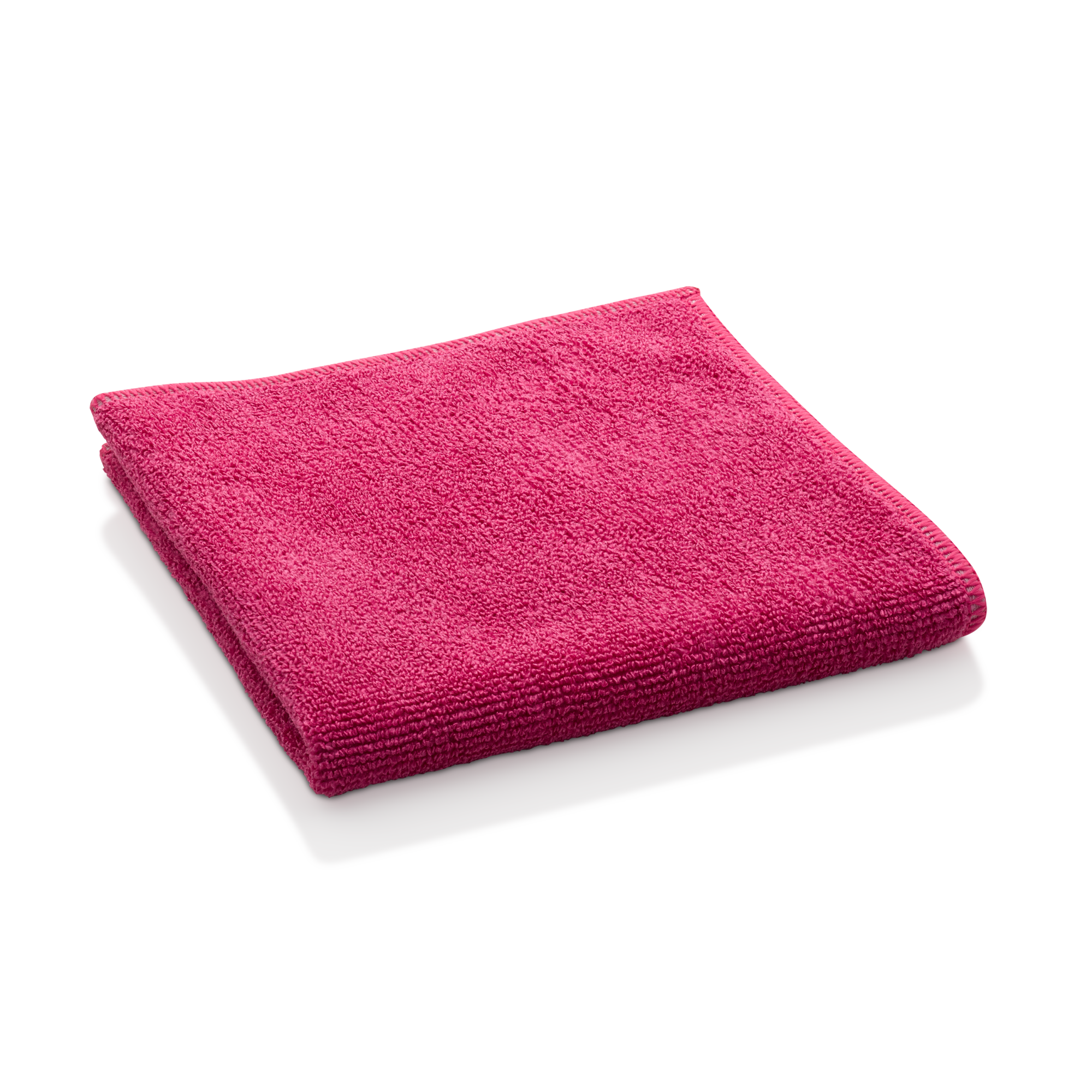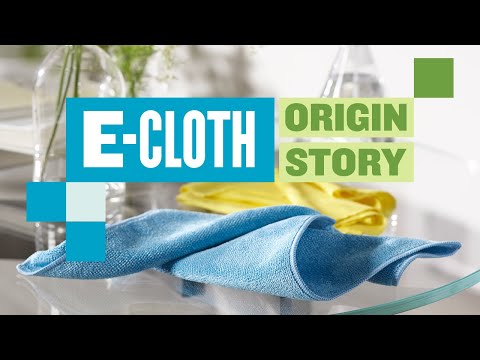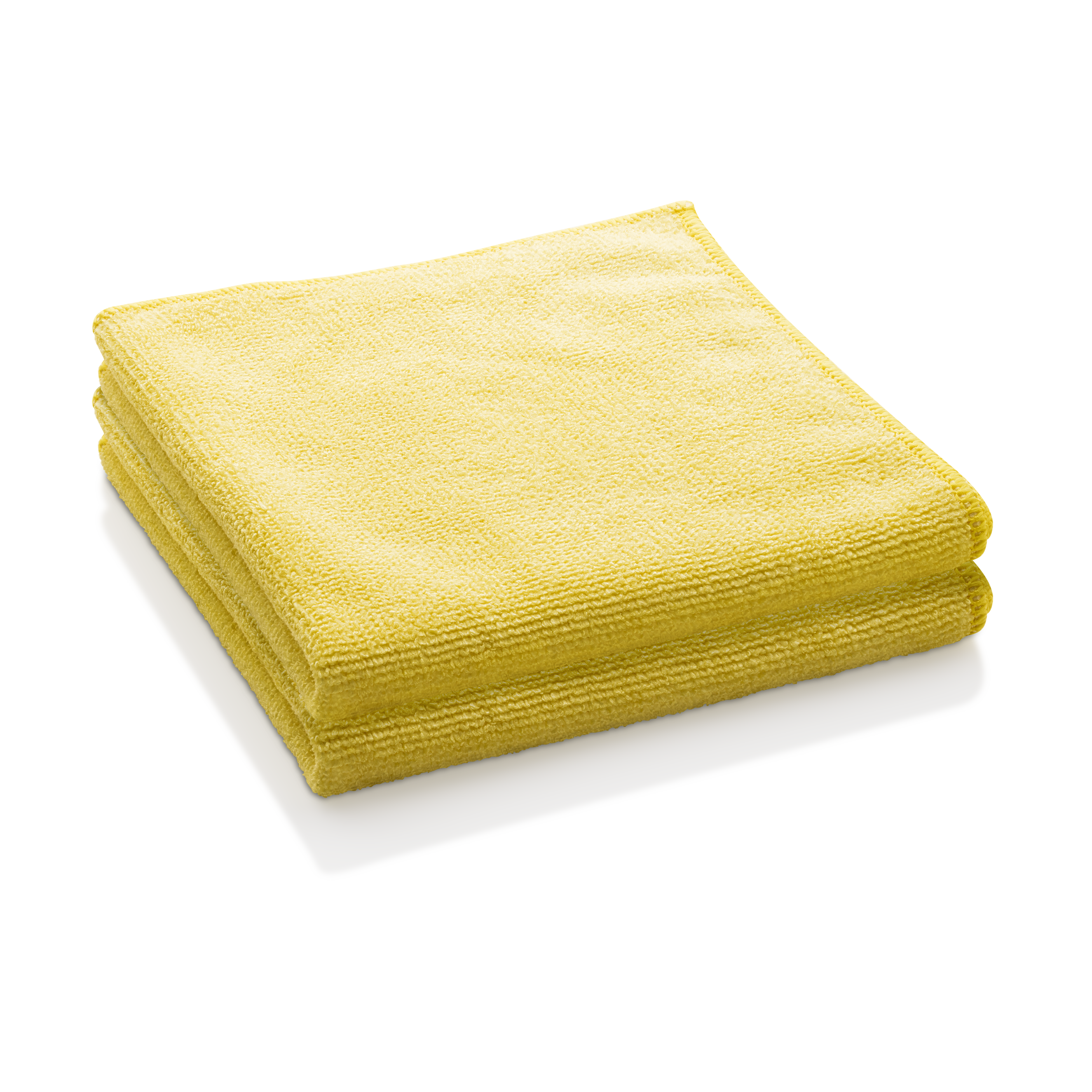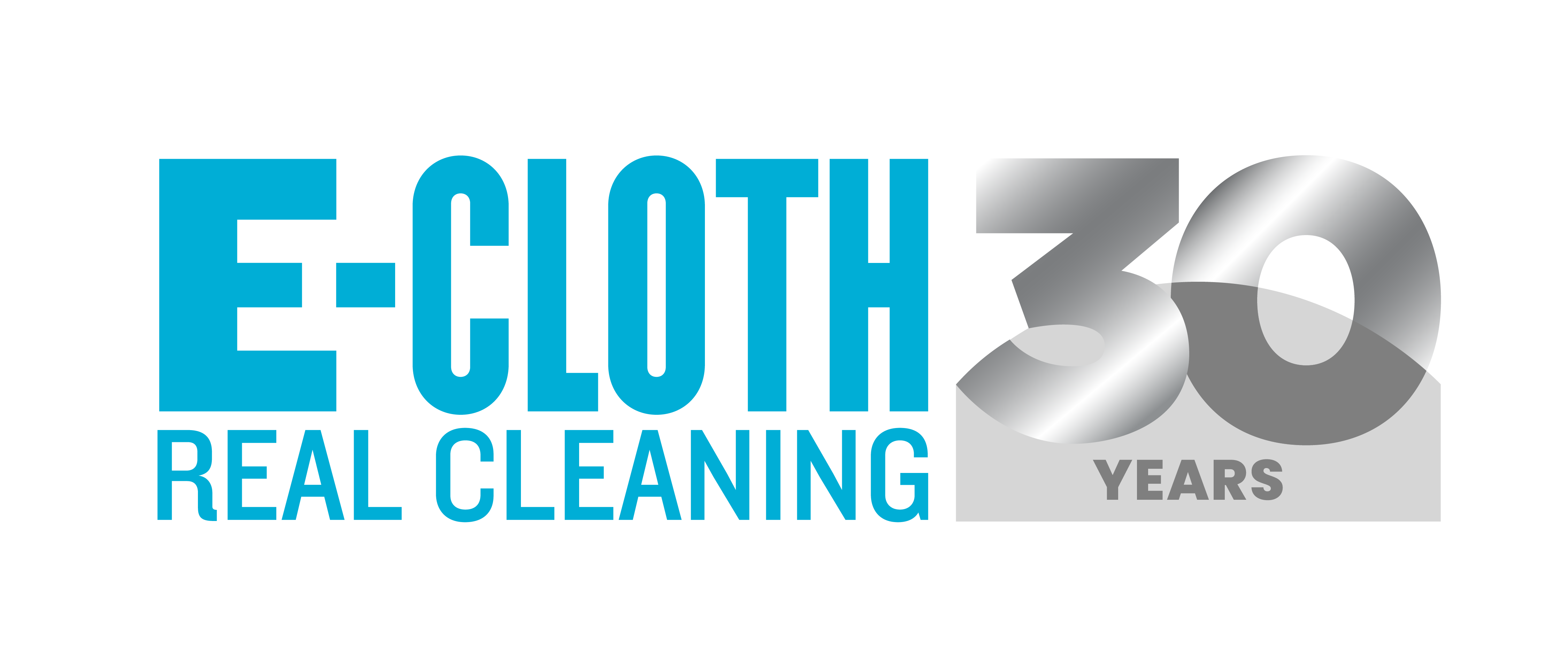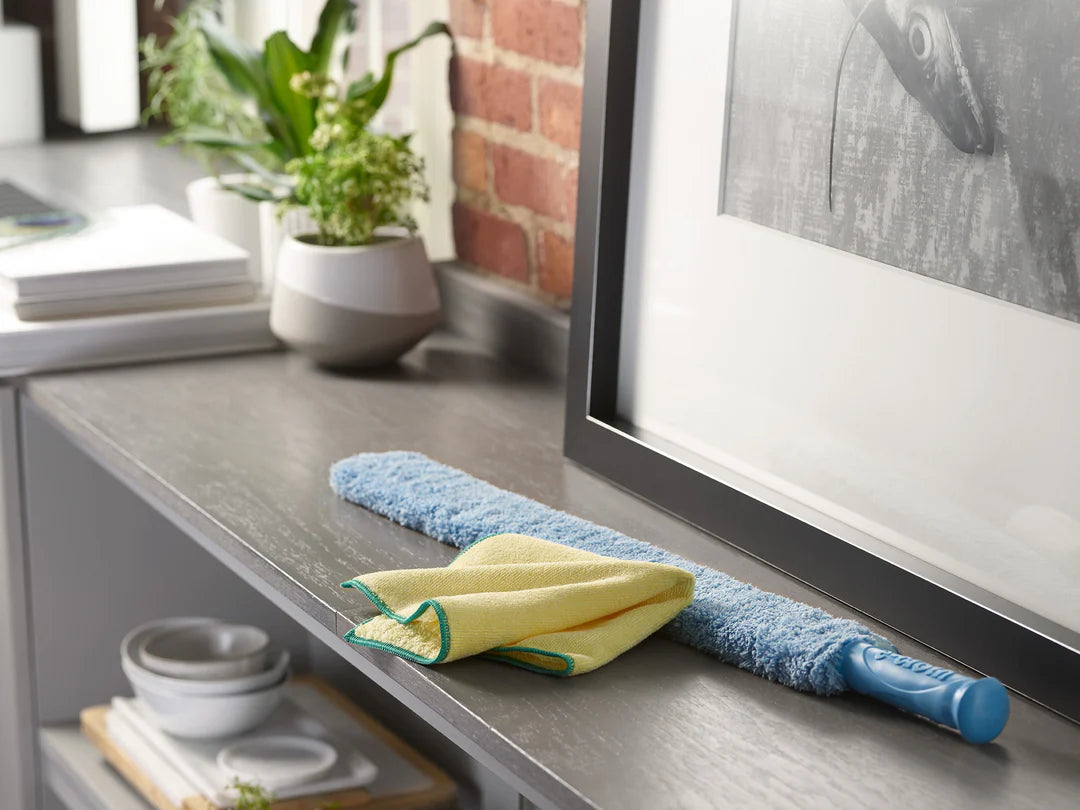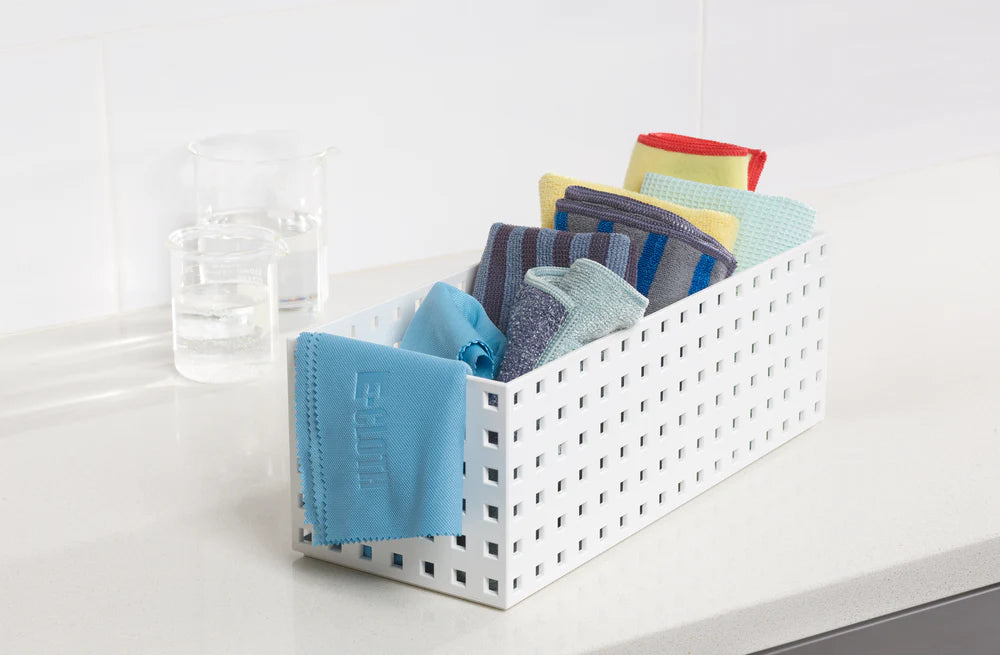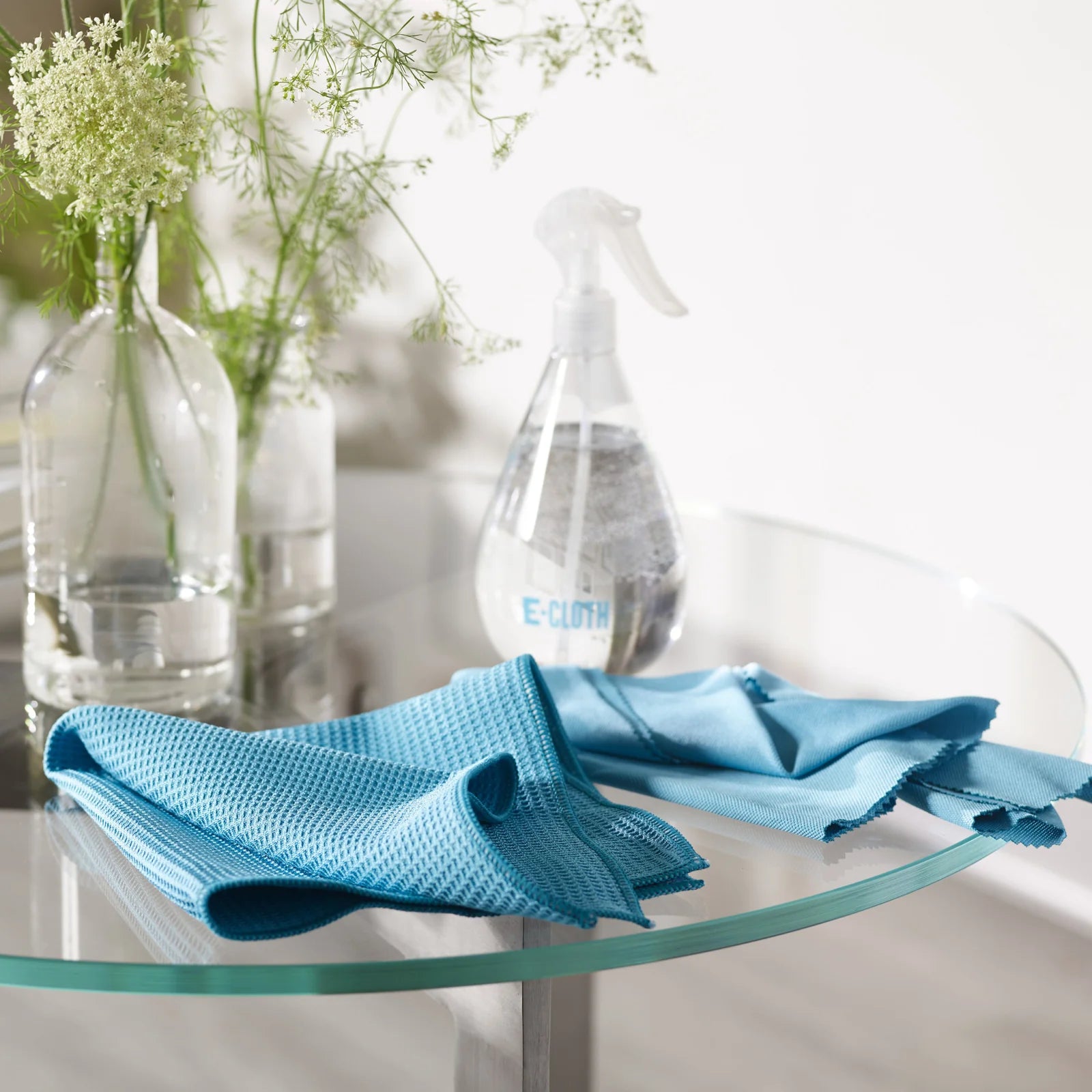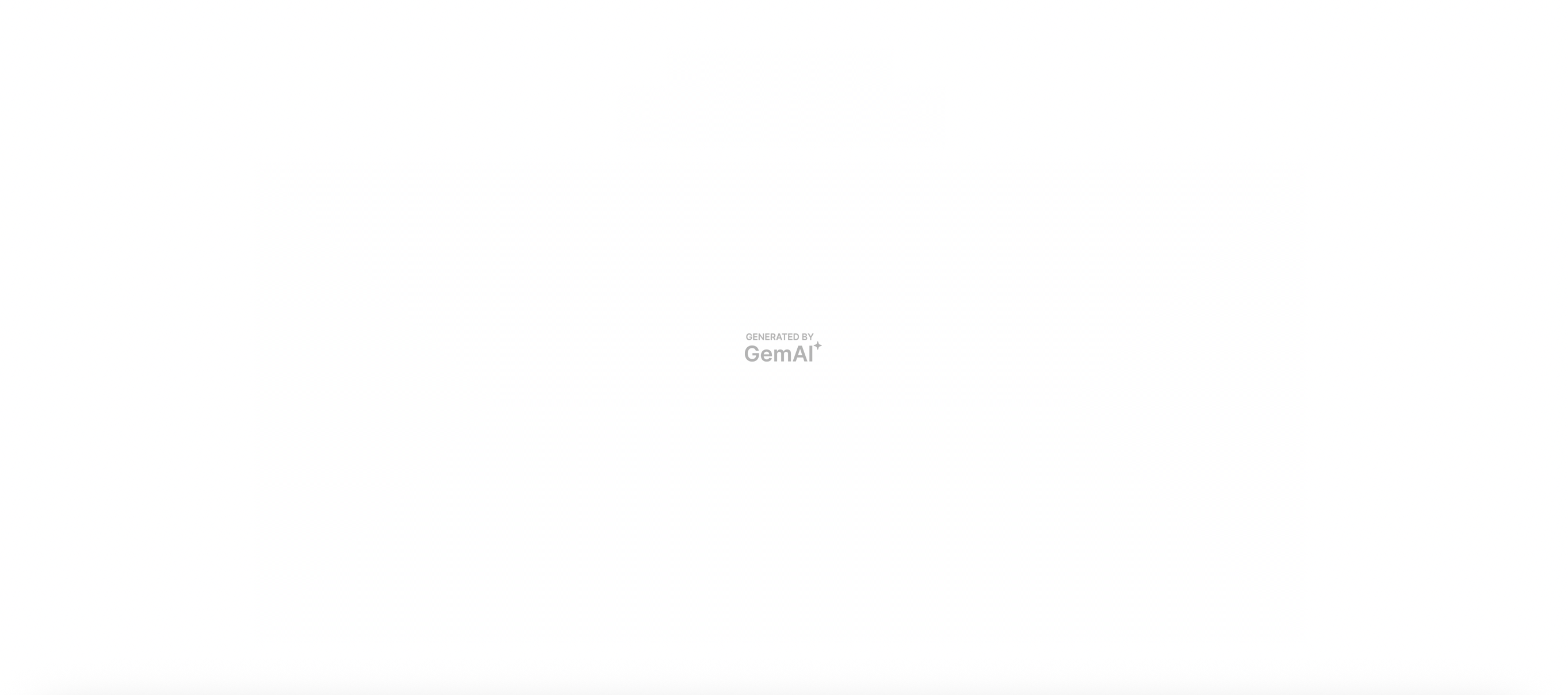Hydrogen Peroxide Spray for Cleaning Children's Toys
Hydrogen peroxide (the 3% solution you find at most drugstores) is a common household staple that can be used to clean a variety of surfaces, including children’s toys. It’s a colorless liquid that acts as an oxidizer—meaning it helps break down grime and residue. Here’s how to use it effectively, without overcomplicating things or making promises it can’t keep.
- Start with a clean slate. If toys are visibly dirty (think: sticky fingerprints, mystery smudges, or last week’s snack), give them a quick wash with mild dish soap and warm water first. Hydrogen peroxide works best on surfaces that are already free of heavy dirt.
- Choose the right toys. Hydrogen peroxide is best for hard, non-porous toys—think plastic blocks, action figures, and bath toys. Skip anything with batteries, electronics, or delicate paint jobs, as moisture can cause damage.
- Spray, don’t soak. Pour hydrogen peroxide into a clean spray bottle. Lightly mist the toy’s surface—no need to drench it. For smaller toys, you can also wipe them down with a cloth dampened (not dripping) with hydrogen peroxide.
- Let it sit. Allow the hydrogen peroxide to sit on the toy’s surface for a few minutes. This gives it time to do its job breaking down residue. There’s no need to rush, but don’t leave it on so long that it dries into streaks.
- Wipe or rinse. After a few minutes, wipe the toy with a clean, damp cloth to remove any leftover hydrogen peroxide and loosened grime. For toys that can handle it, a quick rinse under running water works too. Dry thoroughly with a towel or let air dry.
- Spot test first. If you’re cleaning a toy for the first time, test a small, hidden area to make sure hydrogen peroxide doesn’t affect the color or finish. Some plastics and paints can be sensitive.
- Store safely. Keep hydrogen peroxide in its original brown bottle (it breaks down in light) and out of reach of children. Don’t mix it with other cleaners, especially vinegar or bleach, as this can create unwanted chemical reactions.
Pro tip: Hydrogen peroxide has a mild, almost “clean” scent that fades quickly, so you won’t be left with lingering odors. Just remember, it’s for surface cleaning—don’t use it on plush toys, wood, or anything that can absorb liquid.


